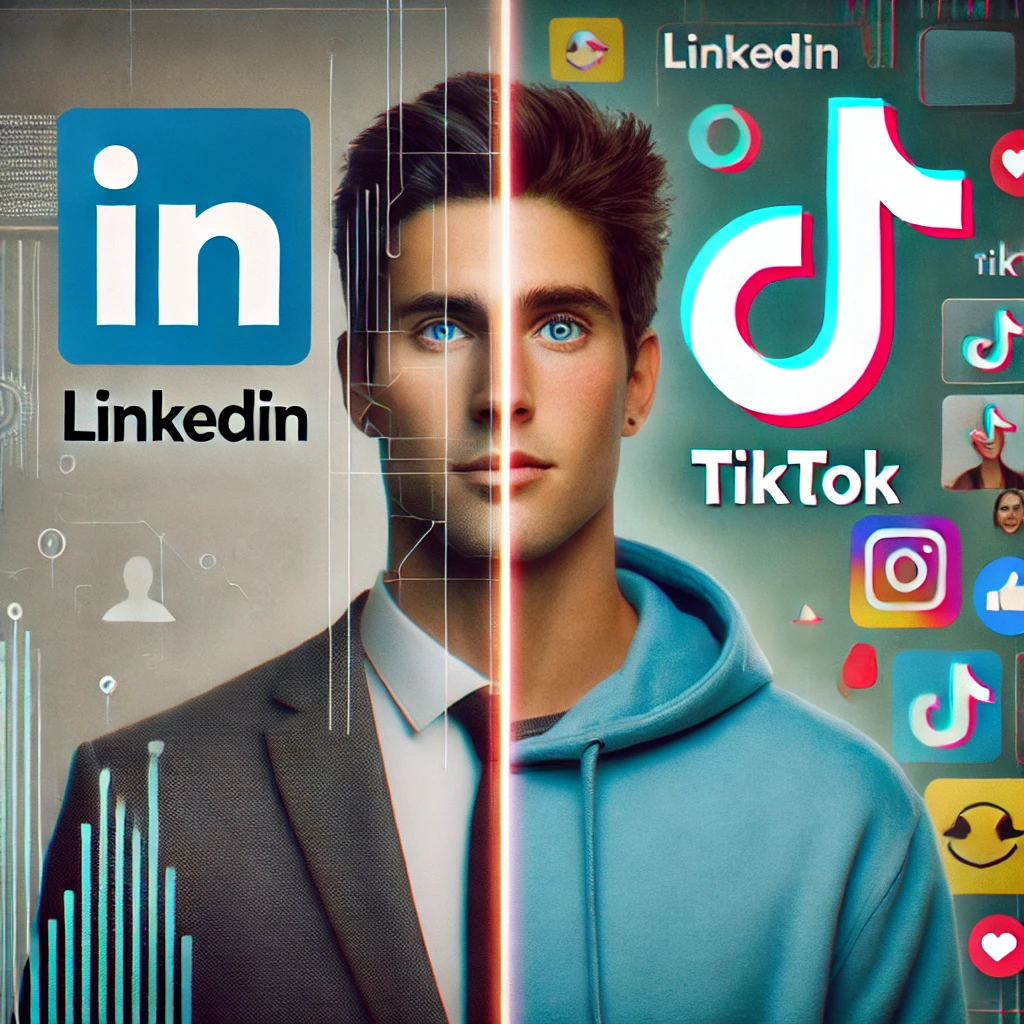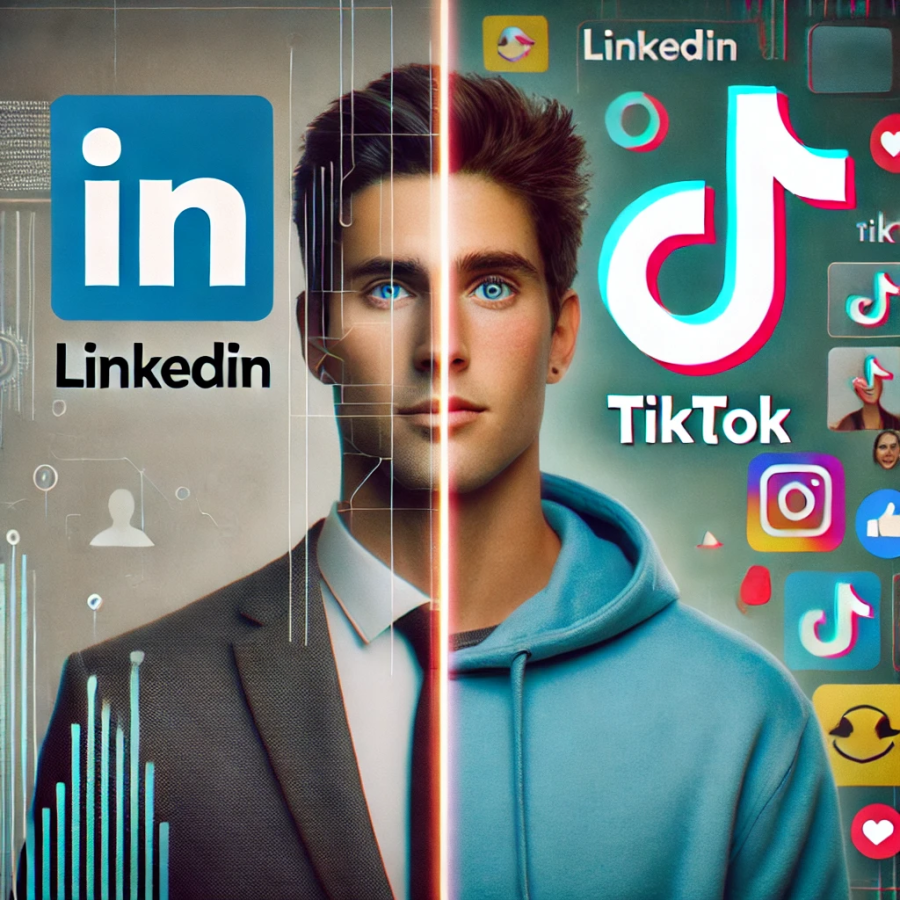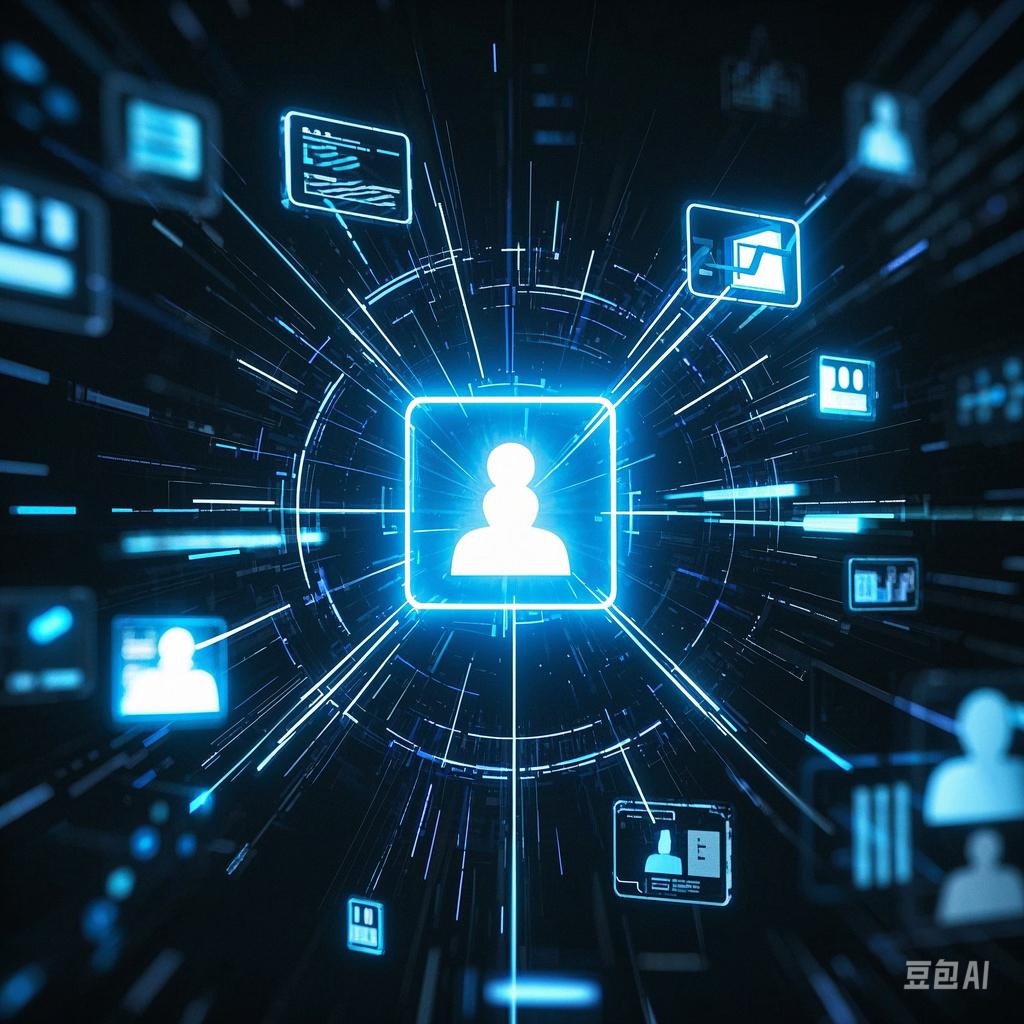Digital Reconstruction of Identity
In the digital media landscape, identity is a dynamic performance. Goffman’s Dramaturgical Theory describes how individuals “perform” identities in different social contexts. Digital technology complicates and extends this process by connecting multiple contexts seamlessly.
Fragmentation and Expansion of Digital Identity
Platforms like LinkedIn and TikTok exemplify the fragmented nature of digital identities. On Linkedln, users craft professional personas, while on TikTok, they present humorous or personal sides. This fragmentation can bring opportunities but also significant psychological stress.Studies show that the pressure to maintain a “personal brand” often leads to anxiety, which platforms exploit to enhance user dependency (van Dijck, 2013).

Technology and Power in Identity Construction
Platforms actively shape identity construction by collecting and analyzing user data. For instance, Facebook’s targeted advertisements are not mere market strategies-they are disciplinary mechanisms. Users’ digital identities are commodified, stripping individuals of autonomy in self-presentation. As Foucault argued, power is embedded in everyday practices, and digital identity construction is central to this power operation.
Reflection and Future Directions
Constructing digital identities requires balance: utilizing technology’s convenience while avoiding its commodification. Platforms must ensure transparency in data practices, and users should cultivate digital literacy to reclaim autonomy in identity expression.
References:
• Goffman, E. (1959). The Presentation of Self in Everyday Life.
• Foucault, M. (1977). Discipline and Punish: The Birth of the Prison.
• van Dijck, J. (2013). The Culture of Connectivity: A Critical History of Social Media.






